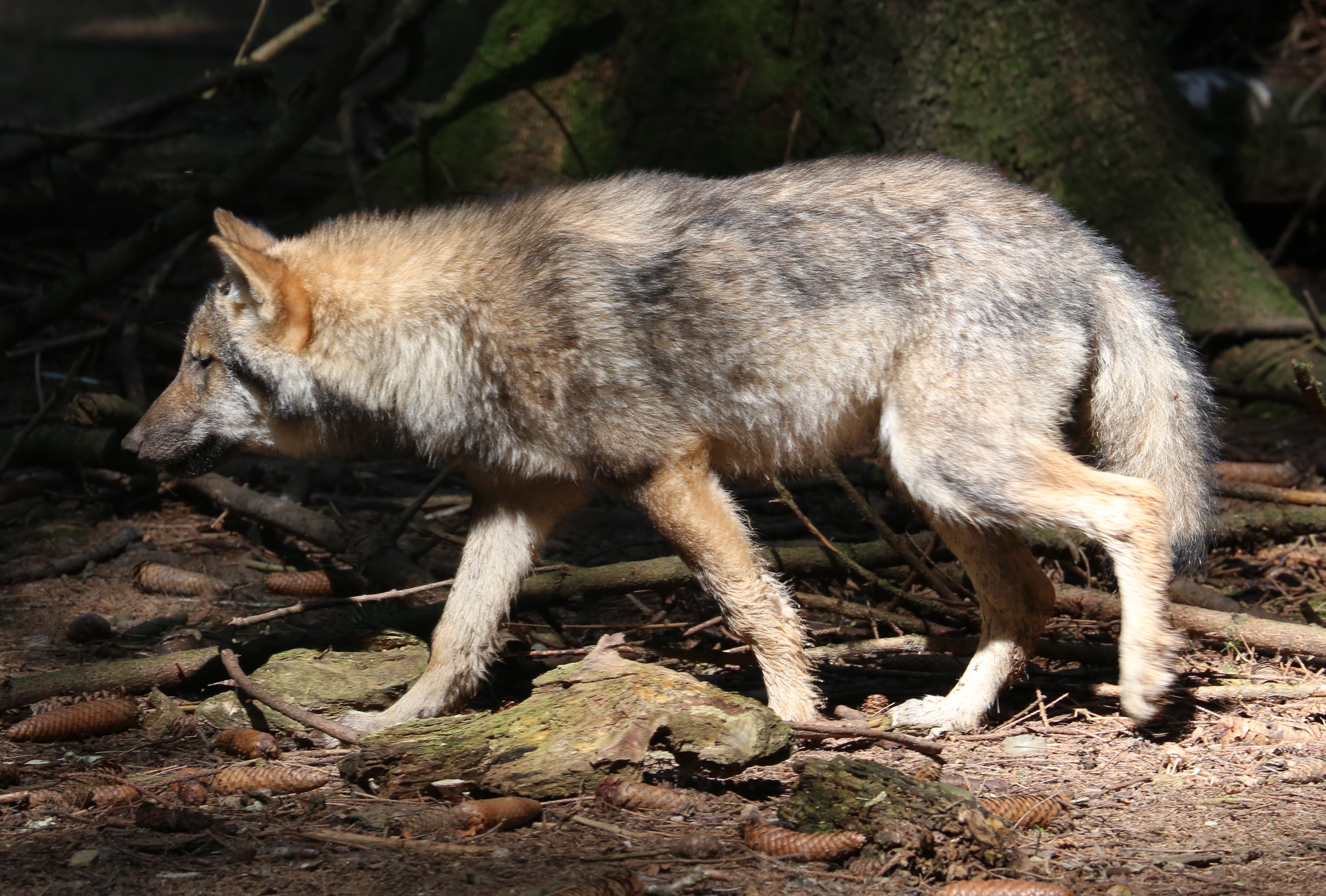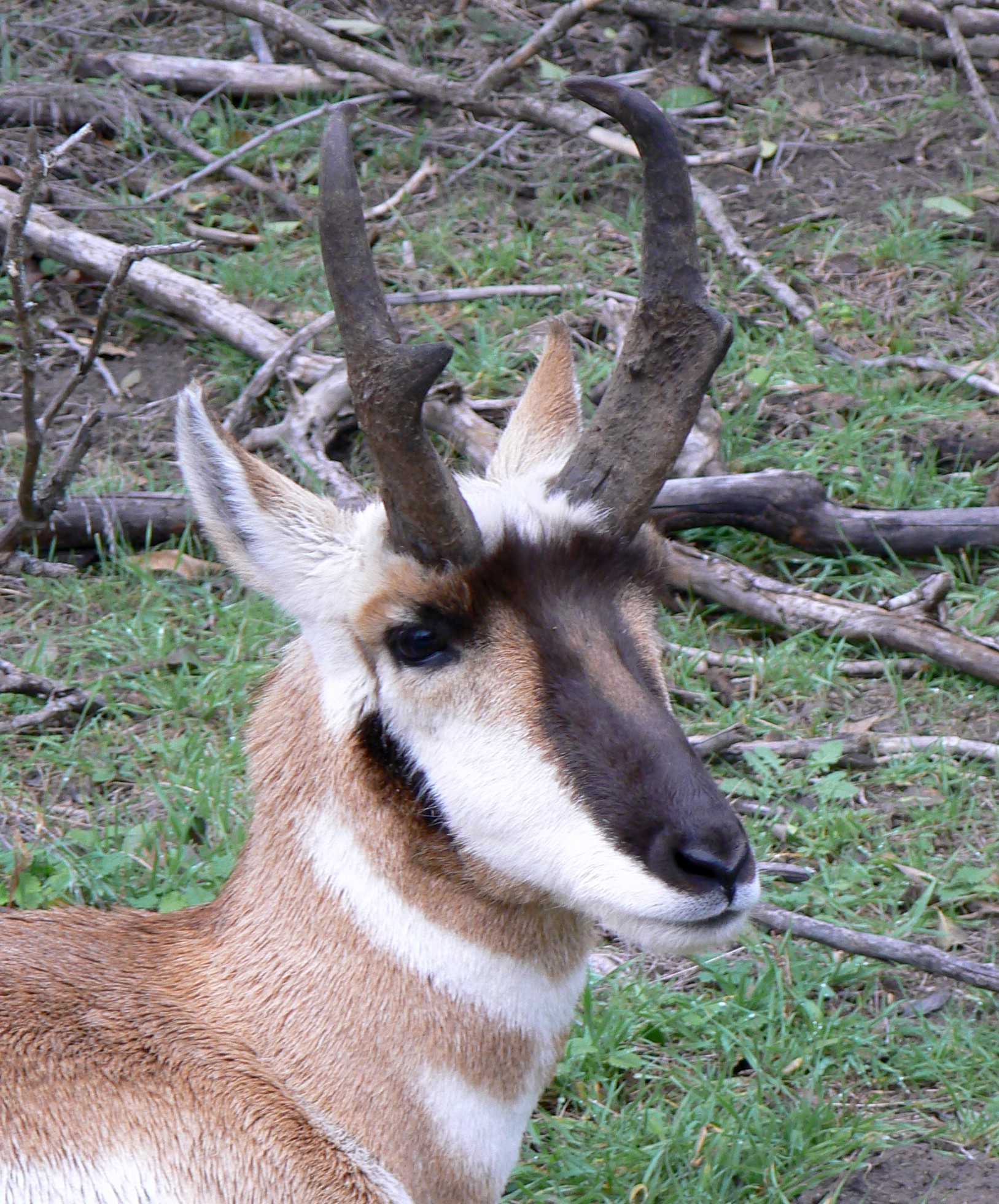|
Wolf Reintroduction In Yellowstone
The history of wolves in Yellowstone includes the extirpation, absence and Species reintroduction, reintroduction of wild populations of the gray wolf (''Canis lupus'') to Yellowstone National Park and the Greater Yellowstone Ecosystem. When the park was created in 1872, wolf populations were already in decline in Montana, Wyoming and Idaho. The creation of the national park did not provide protection for wolves or other predators, and government predator control programs in the first decades of the 1900s essentially helped eliminate the gray wolf from Yellowstone. The last wolves were killed in Yellowstone in 1926. After that, sporadic reports of wolves still occurred, but scientists confirmed in the mid-1900s that sustainable gray wolf populations had been extirpated and were absent from Yellowstone as well as 48 states. Beginning of the 1950s, park managers, biologists, conservationists, and environmentalists began what would ultimately turn into a campaign to reintroduction o ... [...More Info...] [...Related Items...] OR: [Wikipedia] [Google] [Baidu] |
Local Extinction
Local extinction, also extirpation, is the termination of a species (or other taxon) in a chosen geographic area of study, though it still exists elsewhere. Local extinctions are contrasted with extinction, global extinctions. Local extinctions mark a change in the ecology of an area. It has sometimes been followed by a replacement of the species taken from other locations, such as with wolf reintroduction. Discussion Glacial period, Glaciation is one factor that leads to local extinction. This was the case during the Quaternary glaciation, Pleistocene glaciation event in North America. During this period, most of the native North American species of earthworm were killed in places covered by glaciation. This left them open for colonization by European earthworms brought over in soil from Europe. Species naturally become extinct from islands over time; this can be either local extinction if the species also occurs elsewhere, or in cases of endemism, island endemism, outright ex ... [...More Info...] [...Related Items...] OR: [Wikipedia] [Google] [Baidu] |
National Audubon Society
The National Audubon Society (Audubon; ) is an American non-profit environmental organization dedicated to conservation of birds and their habitats. Located in the United States and incorporated in 1905, Audubon is one of the oldest of such organizations in the world. There are completely independent Audubon Societies in the United States, which were founded several years earlier such as the Massachusetts Audubon Society, Indiana Audubon Society, and Connecticut Audubon Society. The societies are named for 19th century naturalist John James Audubon. The society has nearly 500 local chapters, each of which is an independent 501(c)(3) non-profit organization voluntarily affiliated with the National Audubon Society. They often organize birdwatching field trips and conservation-related activities. It also coordinates the Christmas Bird Count held each December in the U.S., a model of citizen science, in partnership with Cornell Lab of Ornithology, and the Great Backyard Bird Count ... [...More Info...] [...Related Items...] OR: [Wikipedia] [Google] [Baidu] |
Sierra Club
The Sierra Club is an American environmental organization with chapters in all 50 U.S. states, Washington, D.C., Washington D.C., and Puerto Rico. The club was founded in 1892, in San Francisco, by preservationist John Muir. A product of the Progressivism in the United States, progressive movement, it was one of the first large-scale environmental preservation organizations in the world. It has lobbied for policies to promote sustainable energy and mitigating global warming, as well as Beyond Coal, opposing the use of coal, hydropower, and nuclear power. Its political endorsements generally favor Modern liberalism in the United States, liberal and progressive candidates in elections. In addition to political advocacy, the Sierra Club organizes outdoor recreation activities, and has historically been a notable organization for mountaineering and rock climbing in the United States. Members of the Sierra Club pioneered the Yosemite Decimal System of climbing, and were responsible fo ... [...More Info...] [...Related Items...] OR: [Wikipedia] [Google] [Baidu] |
Environmental Impact Statement
An environmental impact statement (EIS), under United States environmental law, is a document required by the 1969 National Environmental Policy Act (NEPA) for certain actions "significantly affecting the quality of the human environment". An EIS is a tool for decision making. It describes the positive and negative environmental effects of a proposed action, and it usually also lists one or more alternative actions that may be chosen instead of the action described in the EIS. One of the primary authors of the act is Lynton K. Caldwell. Preliminary versions of these documents are officially known as a draft environmental impact statement (DEIS) or draft environmental impact report (DEIR). Purpose The purpose of the NEPA is to promote informed decision-making by federal agencies by making "detailed information concerning significant environmental impacts" available to both agency leaders and the public. The NEPA was the first piece of legislation that created a comprehensive ... [...More Info...] [...Related Items...] OR: [Wikipedia] [Google] [Baidu] |
Endangered Species Preservation Act Of 1966
An endangered species is a species that is very likely to become extinct in the near future, either worldwide or in a particular political jurisdiction. Endangered species may be at risk due to factors such as habitat loss, poaching, invasive species, and climate change. The International Union for Conservation of Nature (IUCN) Red List lists the global conservation status of many species, and various other agencies assess the status of species within particular areas. Many nations have laws that protect conservation-reliant species which, for example, forbid hunting, restrict land development, or create protected areas. Some endangered species are the target of extensive conservation efforts such as captive breeding and habitat restoration. Human activity is a significant cause in causing some species to become endangered. Conservation status The conservation status of a species indicates the likelihood that it will become extinct. Multiple factors are considered when ... [...More Info...] [...Related Items...] OR: [Wikipedia] [Google] [Baidu] |
David Mech
Lucyan David Mech (; born January 18, 1937), also known as Dave Mech, is an American biologist specializing in the study of wolves. He is a senior research scientist for the U.S. Geological Survey and an adjunct professor at the University of Minnesota. He has researched wolves since 1958 in locations including northern Minnesota, Isle Royale, Alaska, Yellowstone National Park, Ellesmere Island, and Italy. Mech is the founder of the International Wolf Center and the vice-chair of its board of directors. The project to create the facility, which he started in 1985, was an outgrowth of his wolf research as well as his ambition to educate people about the nature of wolves, so that they may come to respect the creature through understanding. He has published eleven books about wolves and other wildlife, including ''The Wolf: The Ecology and Behavior of an Endangered Species'' (1970) and ''Wolves: Behavior, Ecology, and Conservation'', which he co-edited with Luigi Boitani (2003). H ... [...More Info...] [...Related Items...] OR: [Wikipedia] [Google] [Baidu] |
Keystone Species
A keystone species is a species that has a disproportionately large effect on its natural environment relative to its abundance. The concept was introduced in 1969 by the zoologist Robert T. Paine. Keystone species play a critical role in maintaining the structure of an ecological community, affecting many other organisms in an ecosystem and helping to determine the types and numbers of various other species in the community. Without keystone species, the ecosystem would be dramatically different or cease to exist altogether. Some keystone species, such as the wolf and lion, are also apex predators. The role that a keystone species plays in its ecosystem is analogous to the role of a keystone in an arch. While the keystone is under the least pressure of any of the stones in an arch, the arch still collapses without it. Similarly, an ecosystem may experience a dramatic shift if a keystone species is removed, even though that species was a small part of the ecosystem by measur ... [...More Info...] [...Related Items...] OR: [Wikipedia] [Google] [Baidu] |
Robert T
The name Robert is an ancient Germanic given name, from Proto-Germanic "fame" and "bright" (''Hrōþiberhtaz''). Compare Old Dutch ''Robrecht'' and Old High German ''Hrodebert'' (a compound of '' Hruod'' () "fame, glory, honour, praise, renown, godlike" and ''berht'' "bright, light, shining"). It is the second most frequently used given name of ancient Germanic origin.Reaney & Wilson, 1997. ''Dictionary of English Surnames''. Oxford University Press. It is also in use as a surname. Another commonly used form of the name is Rupert. After becoming widely used in Continental Europe, the name entered England in its Old French form ''Robert'', where an Old English cognate form (''Hrēodbēorht'', ''Hrodberht'', ''Hrēodbēorð'', ''Hrœdbœrð'', ''Hrœdberð'', ''Hrōðberχtŕ'') had existed before the Norman Conquest. The feminine version is Roberta. The Italian, Portuguese, and Spanish form is Roberto. Robert is also a common name in many Germanic languages, including En ... [...More Info...] [...Related Items...] OR: [Wikipedia] [Google] [Baidu] |
Pronghorn Antelope
The pronghorn (, ) (''Antilocapra americana'') is a species of artiodactyl (even-toed, hoofed) mammal indigenous to interior western and central North America. Though not an antelope, it is known colloquially in North America as the American antelope, prong buck, pronghorn antelope, and prairie antelope, because it closely resembles the antelopes of the Old World and fills a similar ecological niche due to parallel evolution. It is the only surviving member of the family Antilocapridae. During the Pleistocene epoch, about 11 other antilocaprid species existed in North America, many with long or spectacularly twisted horns.Smithsonian Institution. North American MammalsPronghorn ''Antilocapra americana'' Three other genera (''Capromeryx'', ''Stockoceros'' and ''Tetrameryx'') existed when humans entered North America but are now extinct. The pronghorn's closest living relatives are the giraffe and okapi. See Fig. S10 in Supplementary Information. The antilocaprids are part of the ... [...More Info...] [...Related Items...] OR: [Wikipedia] [Google] [Baidu] |
Overgrazing
Overgrazing occurs when plants are exposed to intensive grazing for extended periods of time, or without sufficient recovery periods. It can be caused by either livestock in poorly managed agricultural applications, game reserves, or nature reserves. It can also be caused by immobile, travel restricted populations of native or non-native wild animals. Overgrazing reduces the usefulness, productivity and biodiversity of the land and is one cause of desertification and erosion. Overgrazing is also seen as a cause of the spread of invasive species of non-native plants and of weeds. Degrading land, emissions from animal agriculture and reducing the biomass in a ecosystem contribute directly to climate change between grazing events. Successful planned grazing strategies have been in support of the American bison of the Great Plains, or migratory wildebeest of the African savannas, or by holistic planned grazing. [...More Info...] [...Related Items...] OR: [Wikipedia] [Google] [Baidu] |
Wind River Reservation
The Wind River Indian Reservation, in the west-central portion of the U.S. state of Wyoming, is shared by two Native American tribes, the Eastern Shoshone (, ''meaning: "buffalo eaters"'') and the Northern Arapaho (). Roughly east to west by north to south, the Indian reservation is located in the Wind River Basin, and includes portions of the Wind River Range, Owl Creek Mountains, and Absaroka Range. The Wind River Indian Reservation is the seventh-largest American Indian reservation in the United States by area and the fifth-largest by population. The land area is approximately , and the total area (land and water) is . The reservation constitutes just over one-third of Fremont County and over one-fifth of Hot Springs County. The 2000 census reported the population of Fremont County as 40,237. According to the 2010 census, only 26,490 people now live on the reservation, with about 15,000 of the residents being non-Indians on ceded lands and the town of Riverton. Tr ... [...More Info...] [...Related Items...] OR: [Wikipedia] [Google] [Baidu] |







